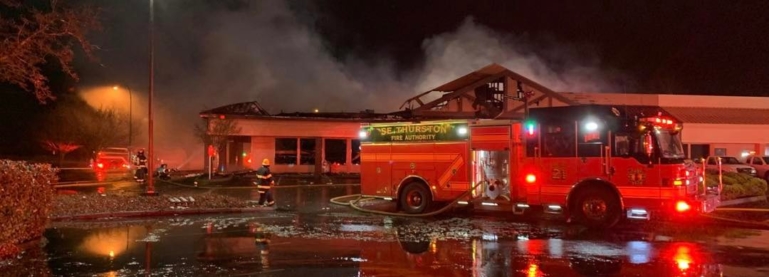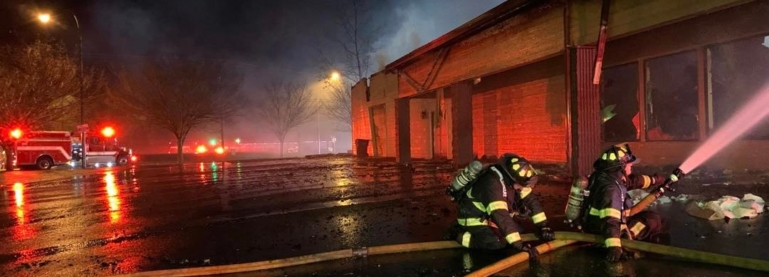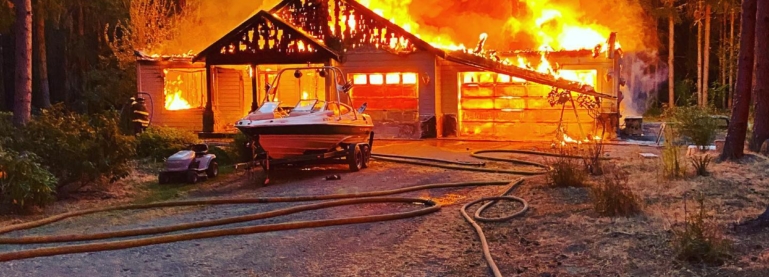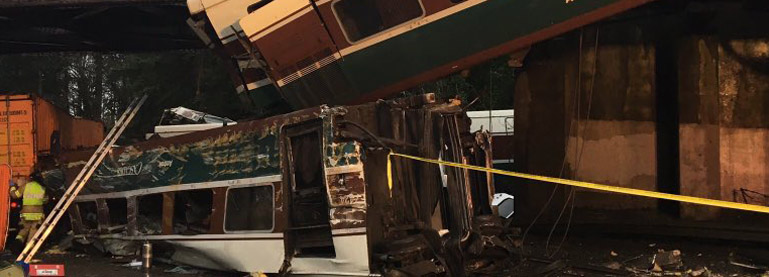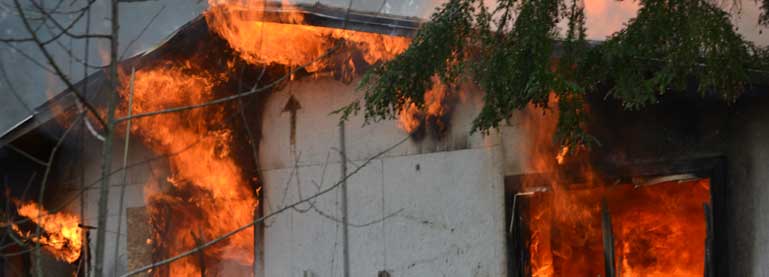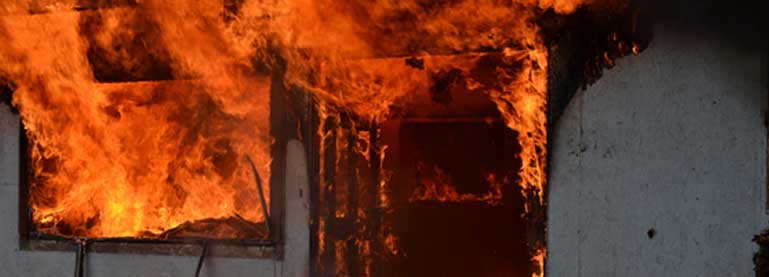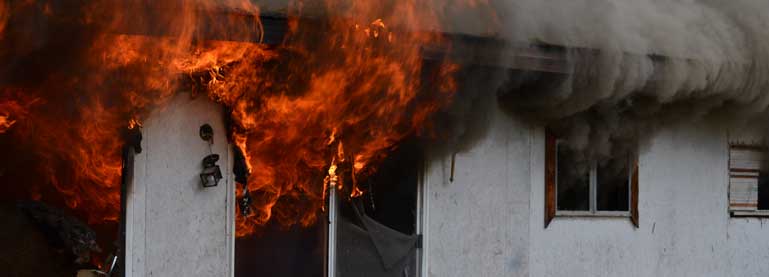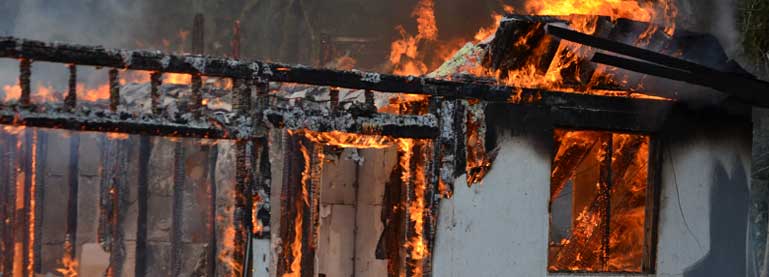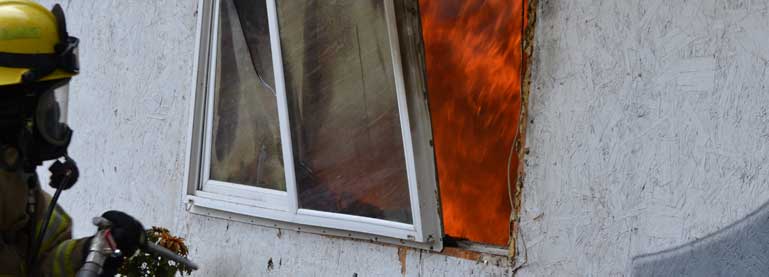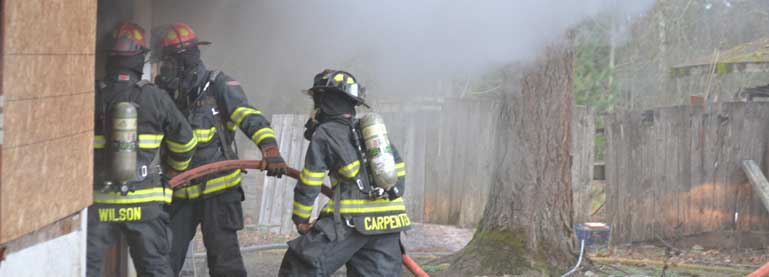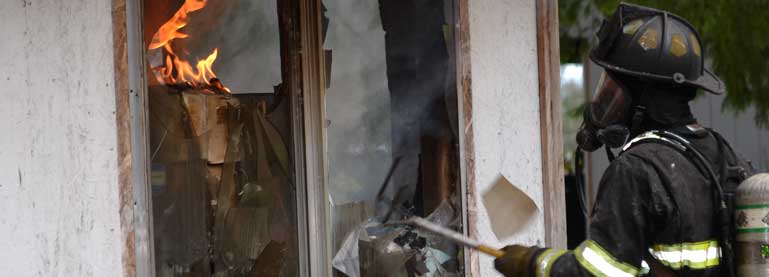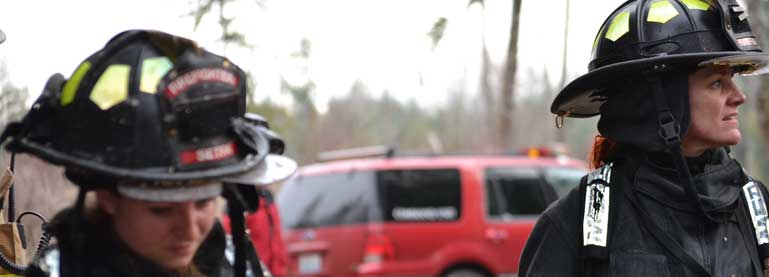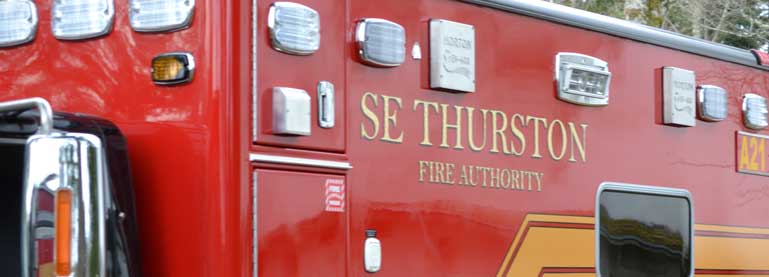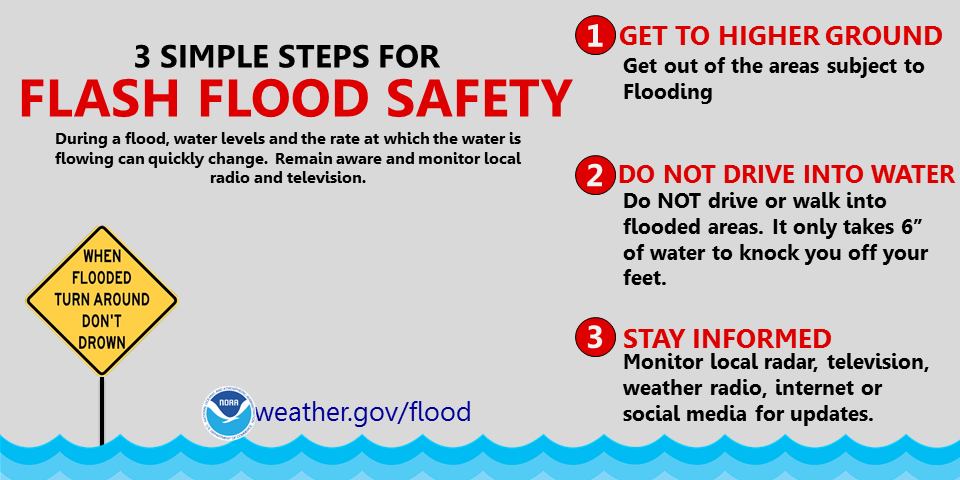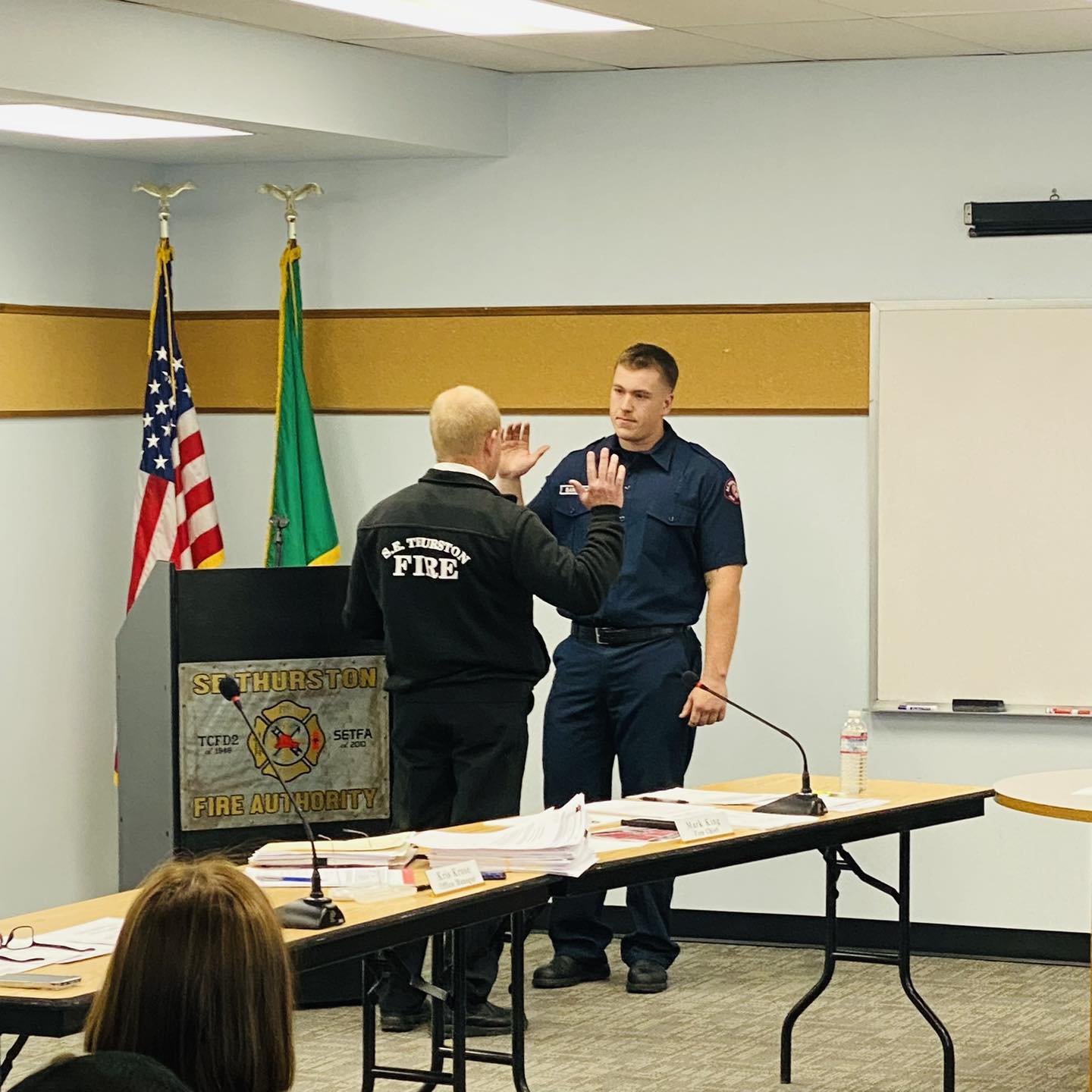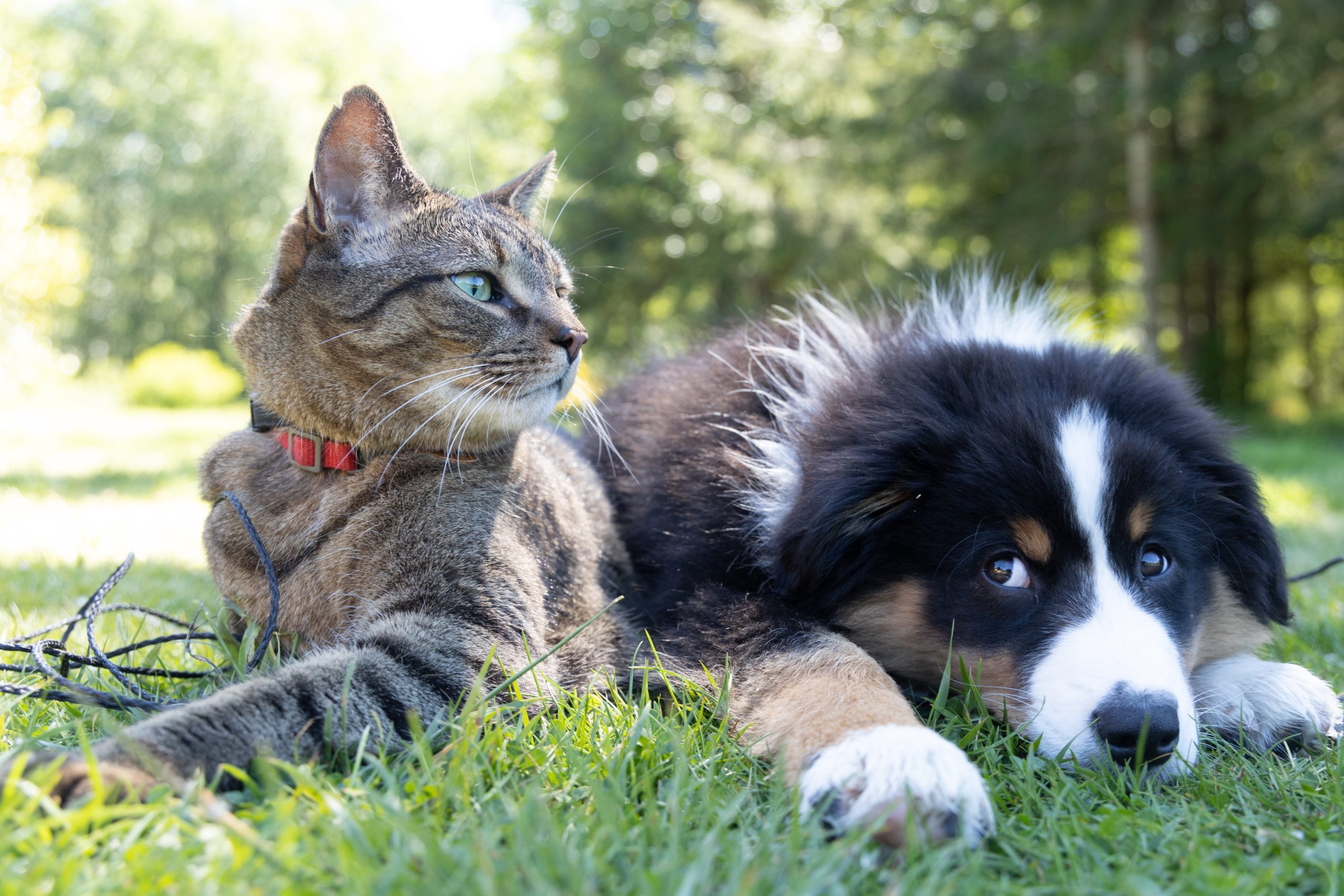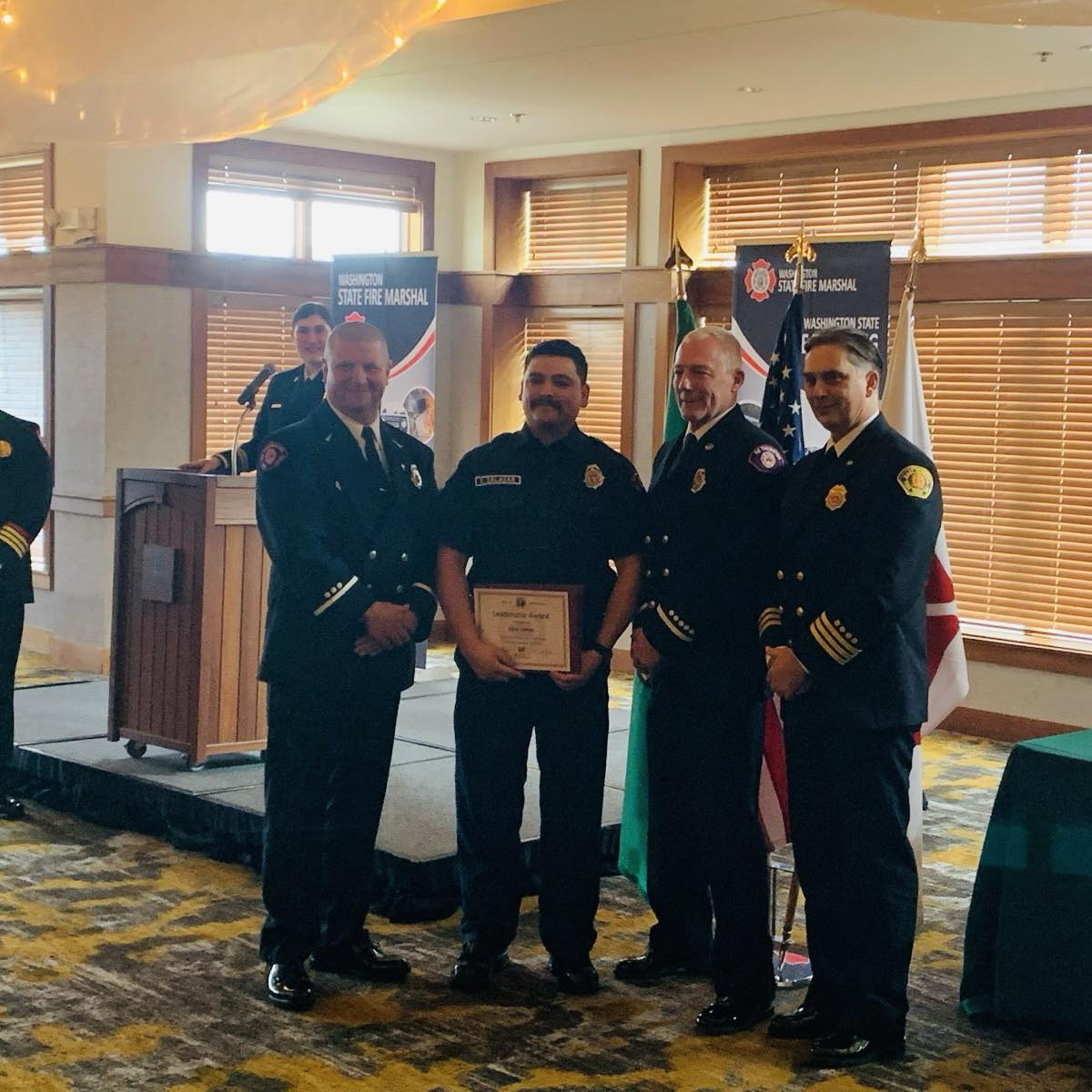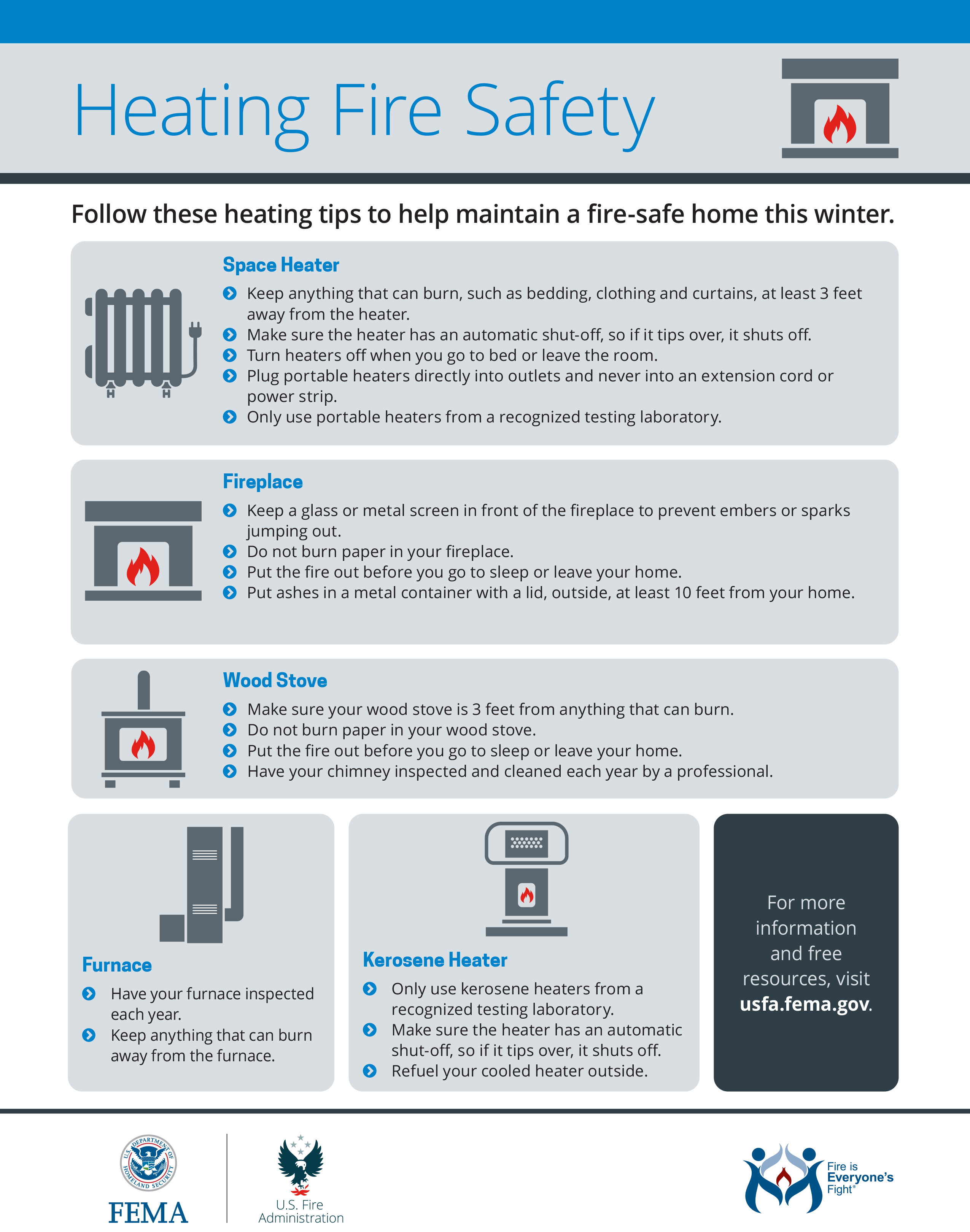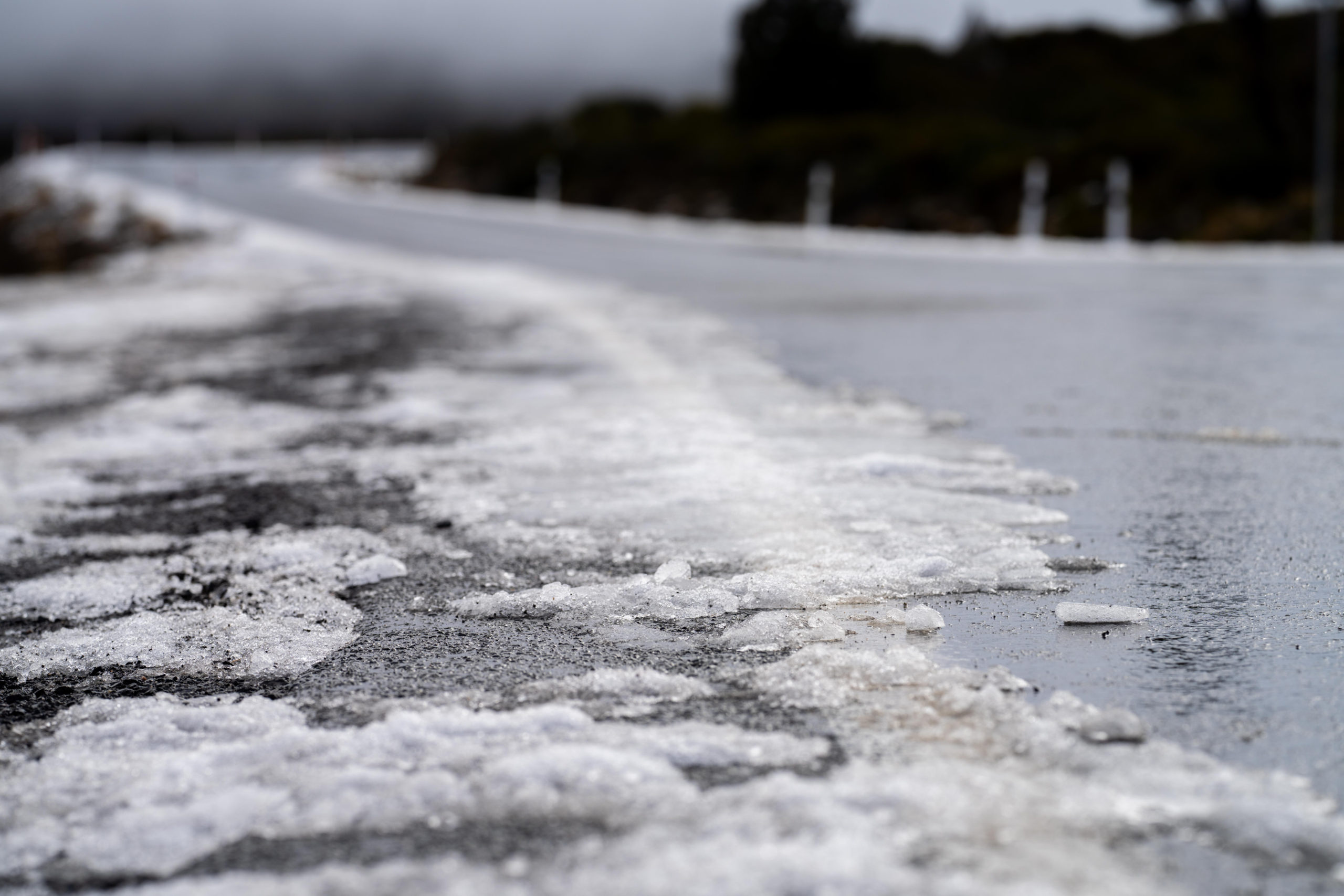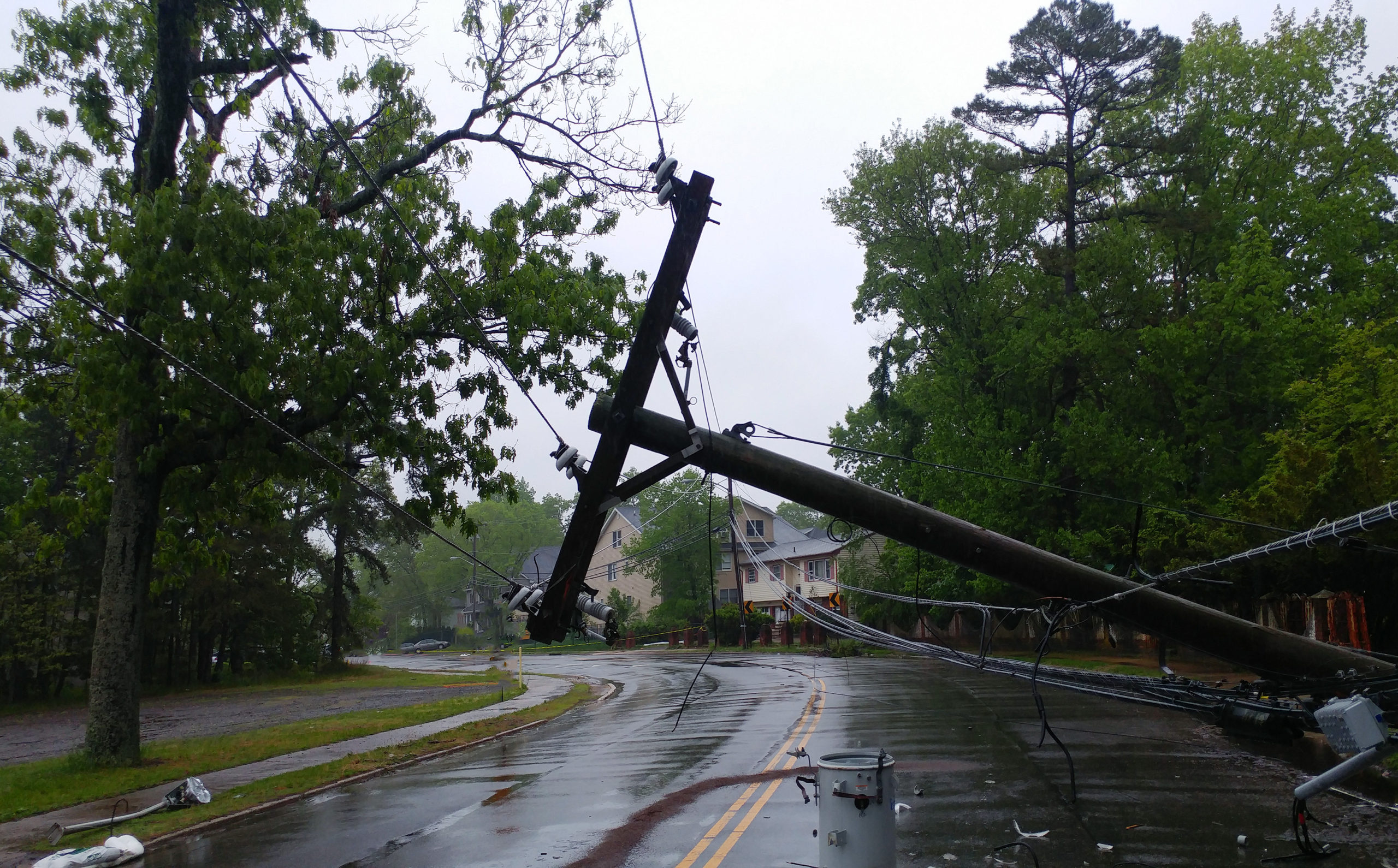
With more rain and heavier winds in the Winter months, natural hazards such as tree fall become more common. When a natural hazard combines with an urban hazard, such as electricity, there can be disastrous results.
It is not uncommon for regions to lose power for short or long periods of time due to things such as downed power lines, but these events pose more danger than just a lack of electricity. When a tree is knocked over or has limbs broken loose by high winds, they can sometimes impact and even knock down power lines, which can create a severe electrical hazard. These power lines could still be charged after being knocked down, and contact with them could be lethal.
- First, downed power lines can pose a serious electrocution and fire hazard. High amounts of power can arc from the lines to people or objects nearby, causing serious harm.
- Second, downed power lines can sometimes be concealed by vegetation, sometimes even the very tree limbs that knocked them down in the first place. Especially at night, this makes the power lines very hard to see.
- Third, if there is rain to accompany the harsh wind, a wet surface can conduct electricity from a downed power line. While many factors would have to line up perfectly for this to occur, the dangers of standing in electrified water are too great to take a chance on.
What should you do if you see a downed power line?
- Do NOT approach the area. If there is standing water nearby, it could be electrified, and contacting it could be harmful or lethal.
- Call 911 immediately and report the hazard.
- Stay at least 30 feet away from the line, and warn others to do the same.
- If you are in your vehicle, stay inside to avoid electrical contact.
- Do not drive or walk over the downed power line.
What should you do if a power line falls on your vehicle?
As unlikely as this scenario is, it could happen in the right circumstances.
- Call 911 right away.
- If possible, slowly drive out from under the wire, but do not continue if the line is caught on your vehicle.
- Stay inside your vehicle unless there is an immediate threat. If you must leave your vehicle, do so very carefully, by jumping from your vehicle to the ground. Do not touch the vehicle and the ground at the same time, as you may ground the wire if it is live.
- Warn others to stay at least 30 feet away from the vehicle.
- If you see a vehicle with a power line on it, do not approach it, as you may end up in danger of electrocution. Advise the person inside to follow these steps.
What should you do if you see a fire as a result of a downed power line?
- Call 911 immediately to report the fire.
- Do not approach to investigate or attempt to put out the fire, as the power line could still be live.
- Stay far away from the power line and the fire.
While there are numerous safety measures taken to ensure the safety of everyone when it comes to power lines, they still pose a serious threat if electrified. Even a wire that looks inactive could be charged, so always treat every case with caution.

